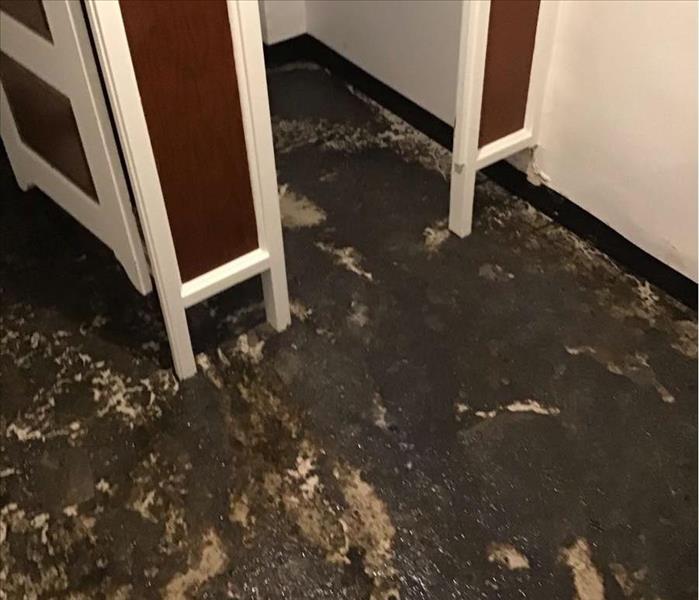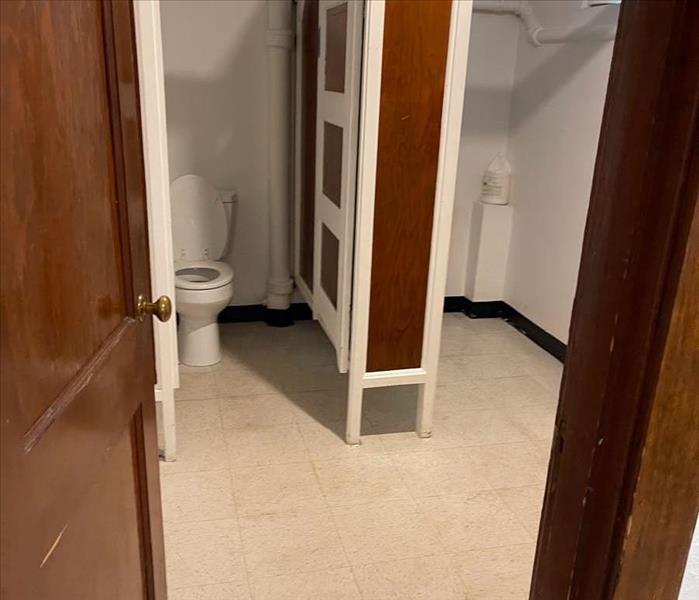
Step 4: Drying and Dehumidification
Our Water Damage Restoration Process
Once our crew removes the initial excess water, they inspect the walls and floors of your home or business. Though they may look dry, a quick inspection usually shows they are wet to the touch. Most building materials, like wood, drywall, and flooring materials, are porous which allows them to retain water. If this retained water goes untreated it can also cause a lot of damage to your property. If it goes untreated it can cause the materials to break down, warp, or cause mold damage. It is crucial for our team to accurately extract not only the excess water, but any water that may have soaked into the property and can't be seen.
Drying / Dehumidification
Our Professionals will use room measurements, temperature, and relative humidity to determine the optimal number of air movers and dehumidifiers to dry your home or business. We’ll carefully monitor the progress using moisture meters until the materials return to acceptable drying goals.
- Use Dehumidification Equipment
- Use Monitoring Equipment to Track Progress
Monitor Floor and Walls
We check the moisture levels to monitor the drying process.
- Monitor Floors
- Monitor Walls
Drying Equipment
- Industrial-grade dehumidifiers help prevent secondary water damage like swelling and warping of floors, walls, and furniture.
- High-speed air movers create airflow across walls, carpets, pads, and furniture, which accelerates the evaporation of moisture.






 24/7 Emergency Service
24/7 Emergency Service




